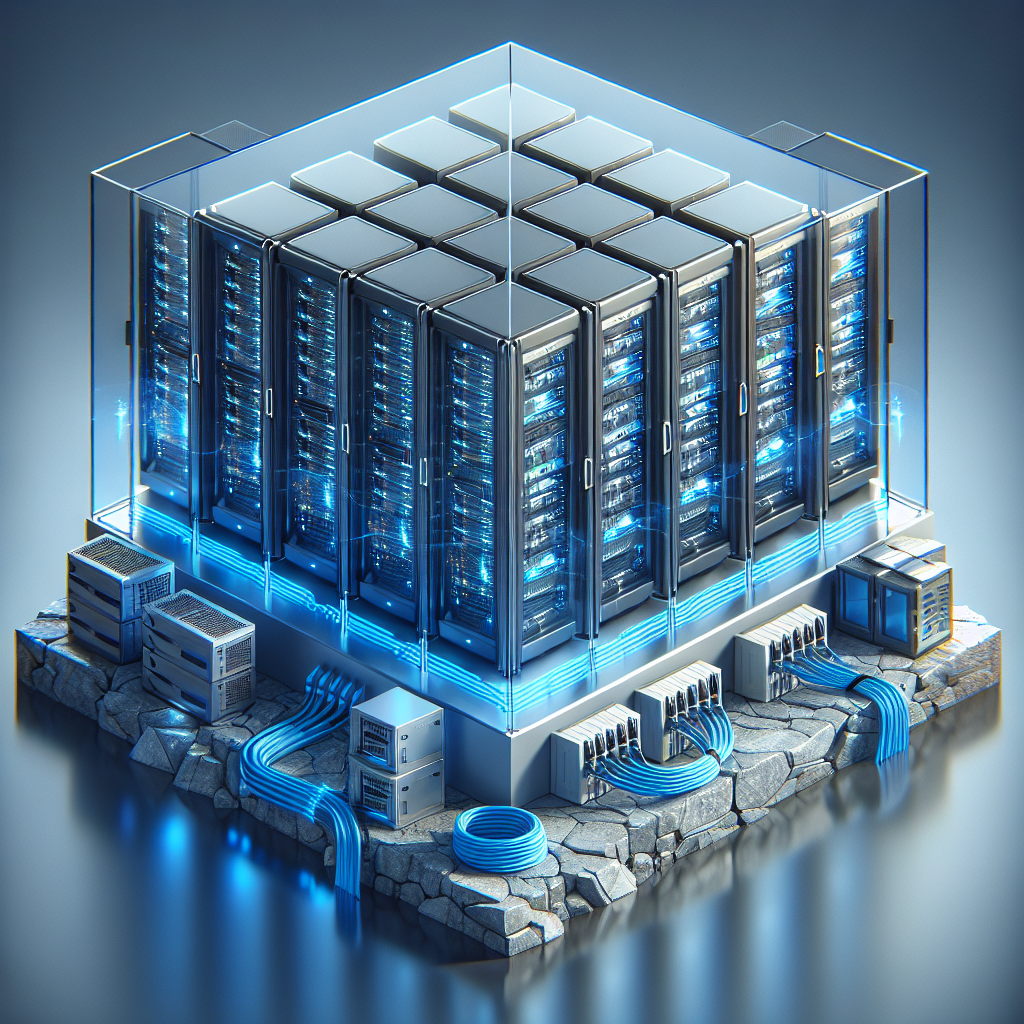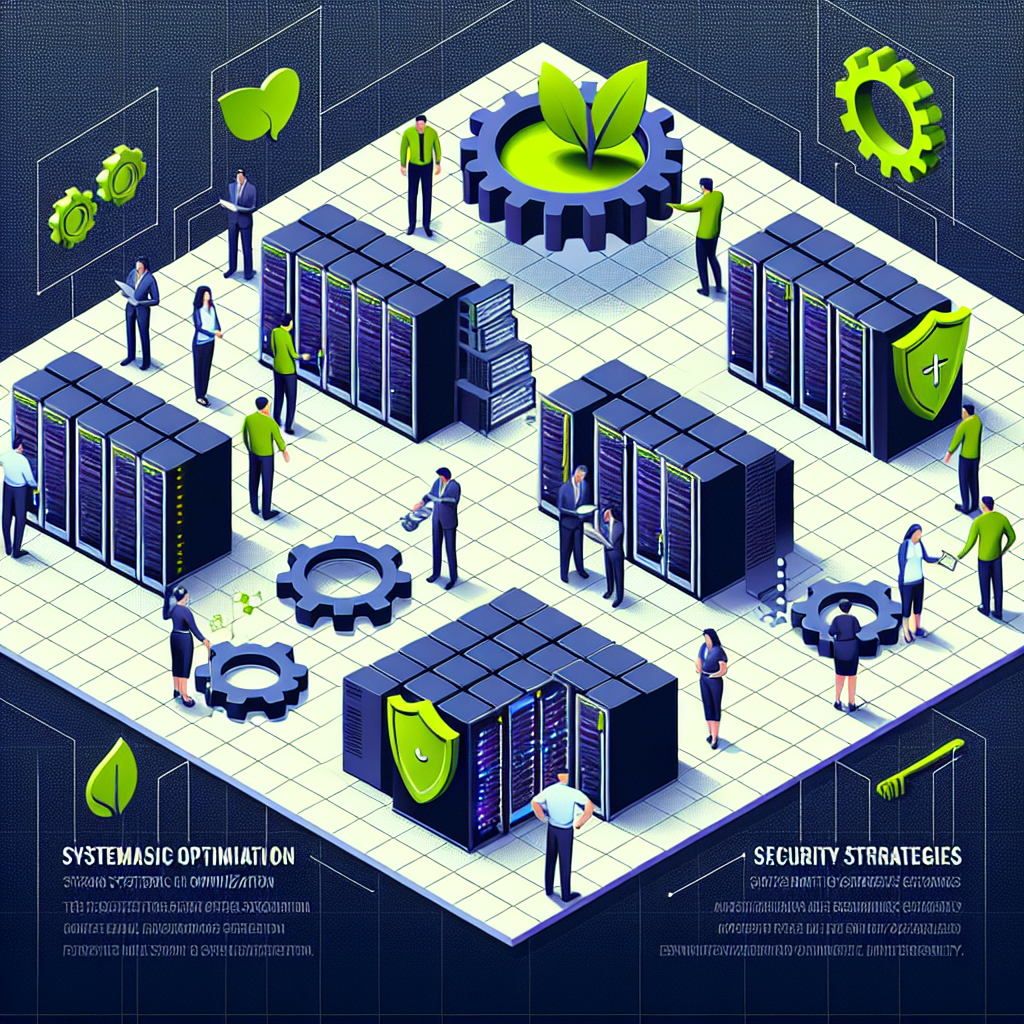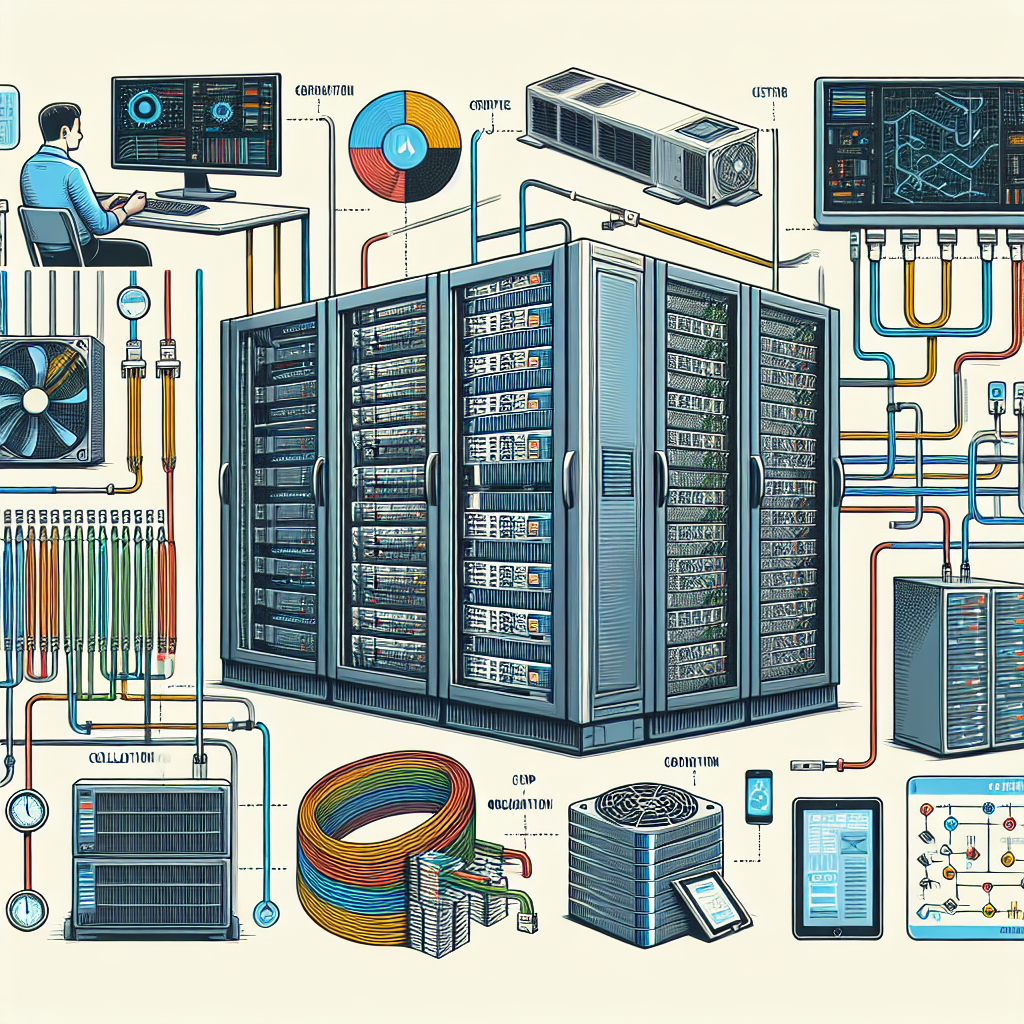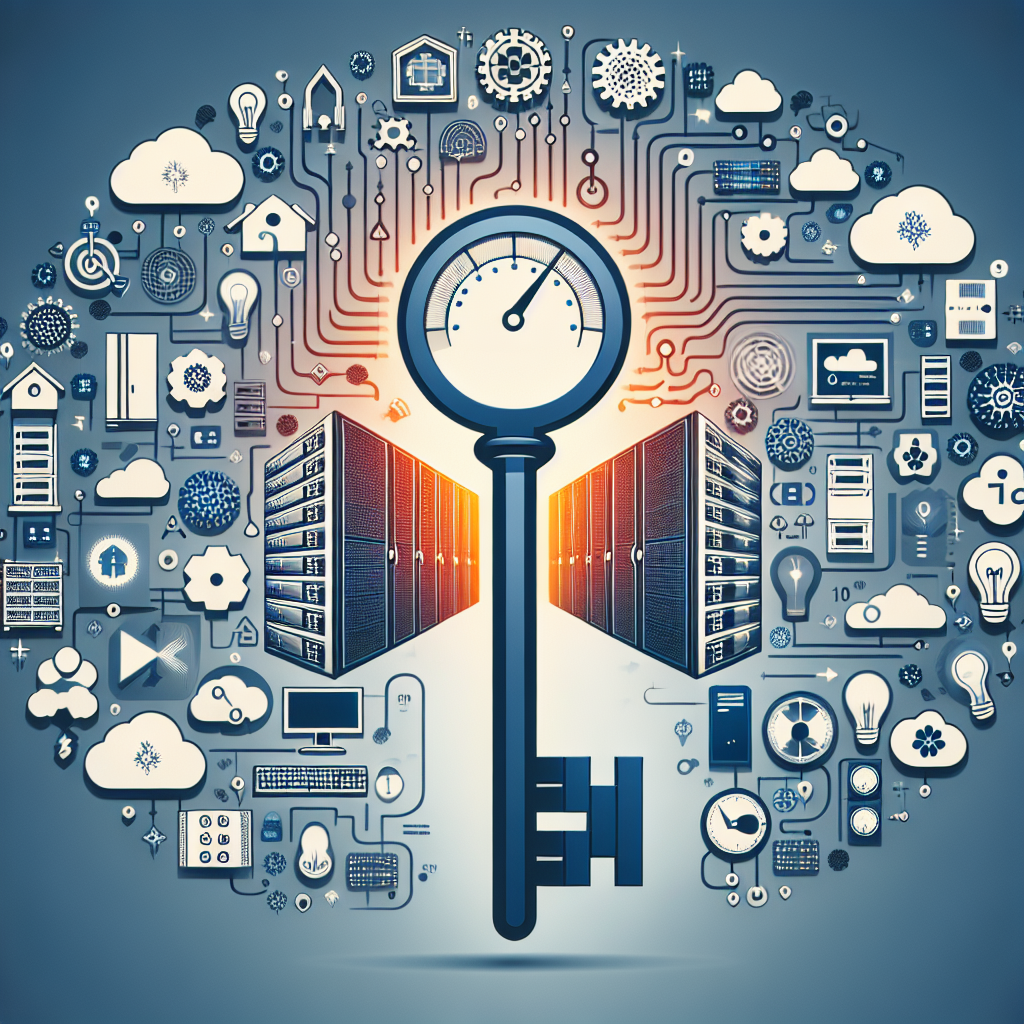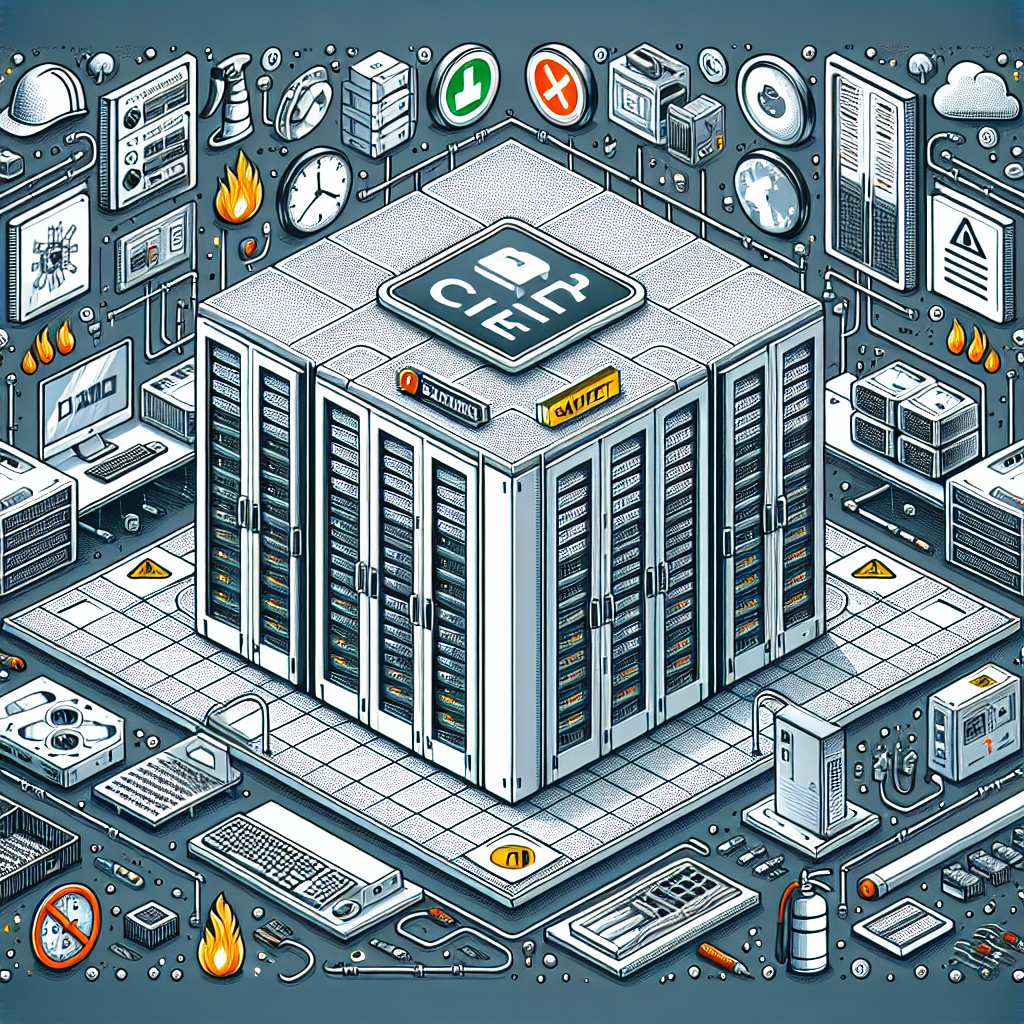Data centers are the backbone of modern businesses, housing the critical infrastructure needed to support digital operations. However, as data centers grow in size and complexity, ensuring efficient operations becomes a significant challenge. One key metric in measuring data center efficiency is Mean Time to Repair (MTTR), which refers to the average time it takes to restore service after a failure or outage.
Reducing MTTR is crucial for data center operators as it minimizes downtime, improves overall performance, and enhances customer satisfaction. Here are some strategies for decreasing MTTR and improving data center efficiency:
1. Implement proactive monitoring and maintenance: Regularly monitoring the health and performance of data center equipment can help identify potential issues before they escalate into major problems. By using monitoring tools and implementing preventive maintenance schedules, operators can address issues proactively and avoid unplanned downtime.
2. Invest in automation: Automation plays a crucial role in reducing MTTR by streamlining routine tasks and accelerating troubleshooting processes. Automated monitoring systems can quickly detect issues and trigger automated responses, such as restarting failed components or reallocating resources. By automating repetitive tasks, data center operators can free up valuable time to focus on more strategic initiatives.
3. Enhance staff training and collaboration: Well-trained and knowledgeable staff are essential for reducing MTTR. Investing in continuous training programs and fostering collaboration among team members can improve troubleshooting efficiency and accelerate problem resolution. By empowering staff with the necessary skills and resources, data center operators can minimize downtime and improve overall operational performance.
4. Utilize predictive analytics: Predictive analytics tools can help data center operators anticipate potential failures and proactively address them before they impact operations. By analyzing historical data and trends, predictive analytics can identify patterns and anomalies that signal potential issues. By leveraging predictive analytics, operators can take preventive actions to mitigate risks and reduce MTTR.
5. Implement a robust incident management process: Having a well-defined incident management process in place is crucial for reducing MTTR. By establishing clear escalation paths, defining roles and responsibilities, and implementing effective communication channels, data center operators can streamline the incident resolution process and minimize downtime. Regularly reviewing and refining the incident management process can help identify areas for improvement and enhance overall efficiency.
In conclusion, reducing MTTR is essential for improving data center efficiency and ensuring uninterrupted operations. By implementing proactive monitoring and maintenance, investing in automation, enhancing staff training and collaboration, utilizing predictive analytics, and implementing a robust incident management process, data center operators can decrease MTTR and optimize operational performance. By continuously evaluating and improving these strategies, data center operators can enhance efficiency, minimize downtime, and deliver a seamless experience for their customers.




